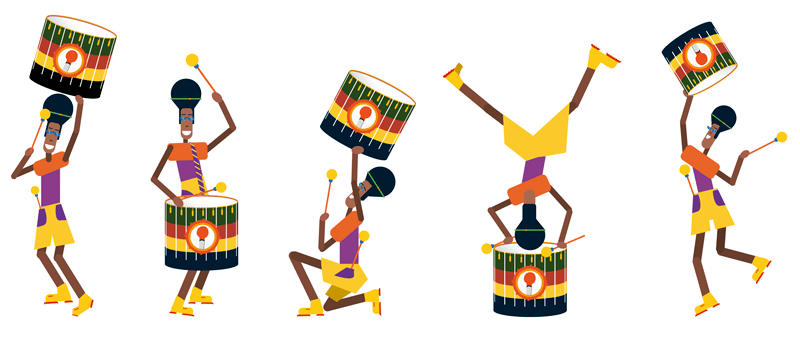Percussion Instrument Store
Percuforum was born as a community of batucadas created as a forum for fans of Brazilian music. After years of evolution, it has become a percussion instrument sales platform that works mostly with batucada groups. We are great fans of musical instruments and we believe in social transformation through music. We have specialized in the sale of surdos, peals, timbaus and other percussion band instruments. We are sure we can help you with the purchase of your instrument.














